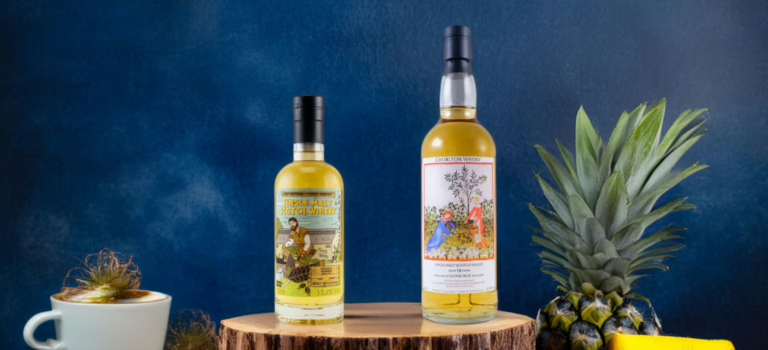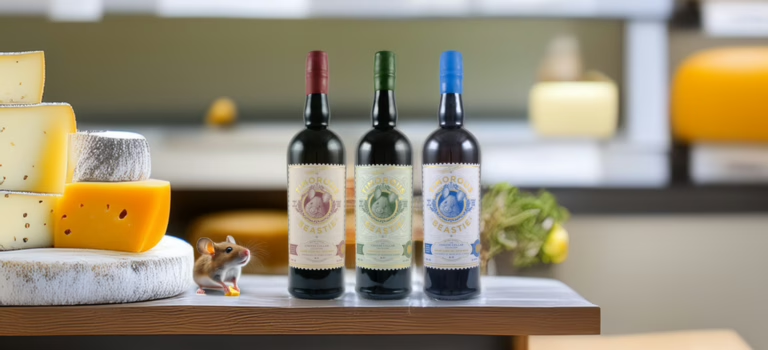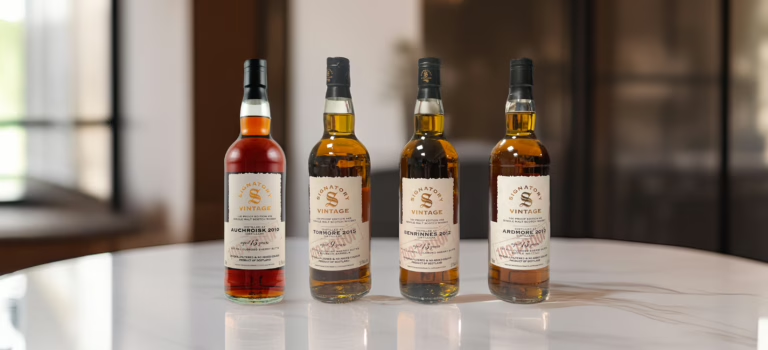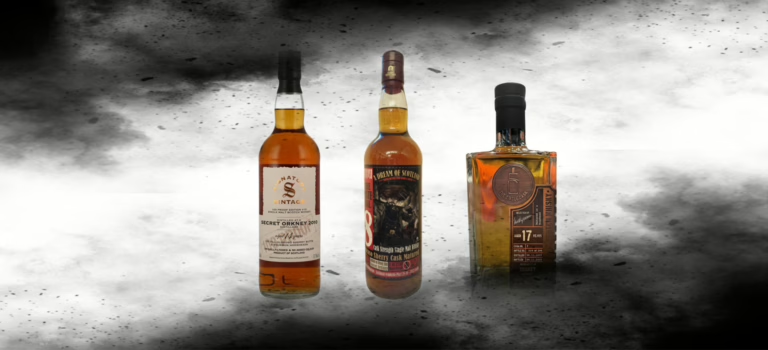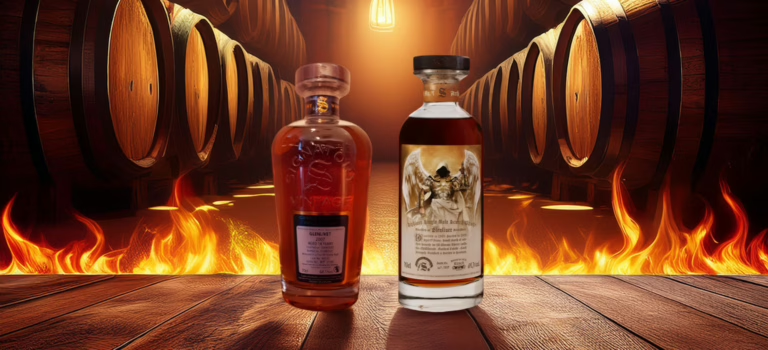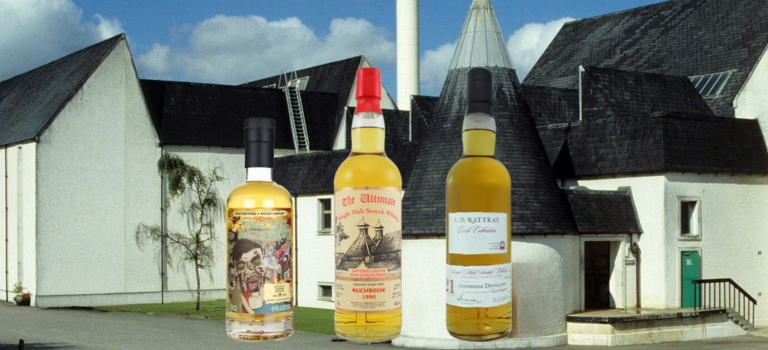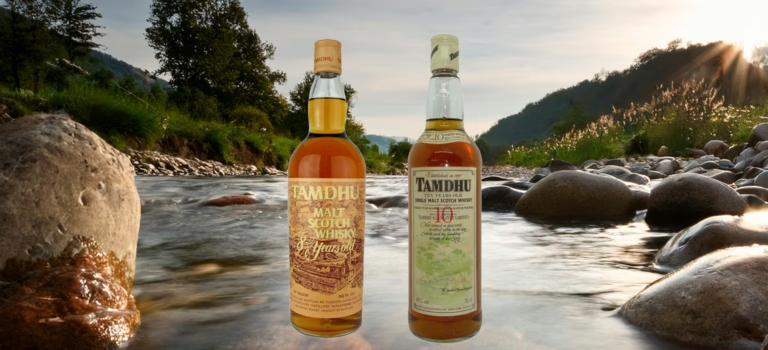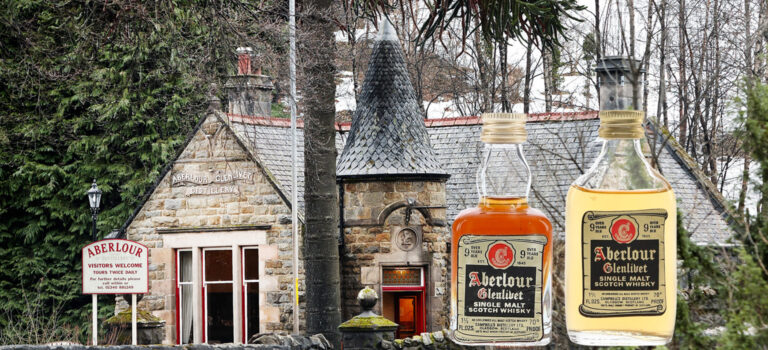Not much has changed since we wrote about the lack of love given by Pernod Ricard and Chivas Brothers to Glenburgie, almost four years ago. Apart a 16-year-old cask strength expression for South Korea last year, it doesn’t seem anything official has been released since 2022. So once again, it’s up to independent bottlers to allow consumers to enjoy some Glenburgie single malt by itself, and not blended and ruined into a bland Chivas blend. To the rescue today come That Boutique-y Whisky Company and Chorlton Whisky, as we review a Glenburgie 16-year-old Boutique-y and a 14-year-old from Chorlton.
Read more